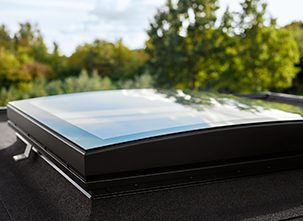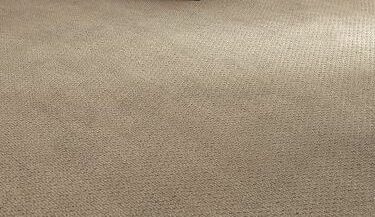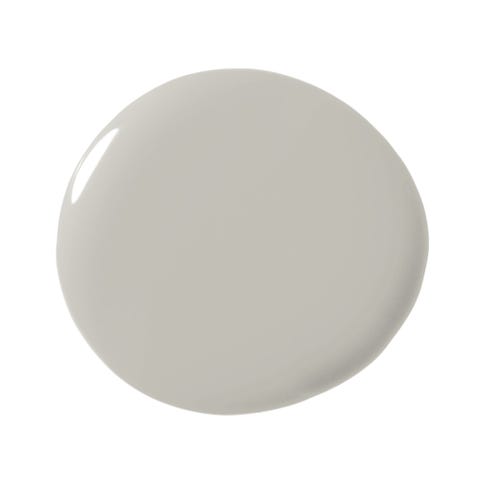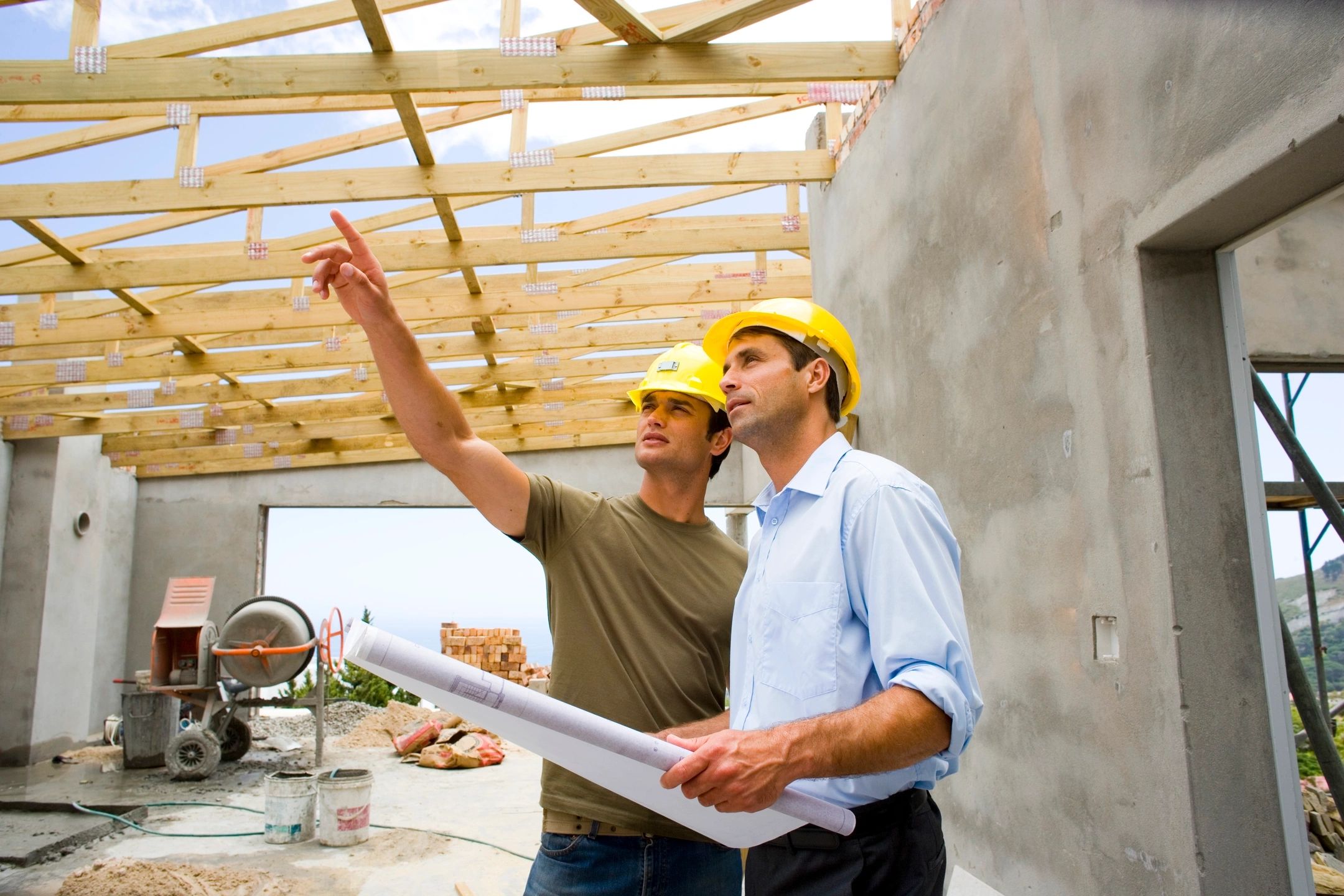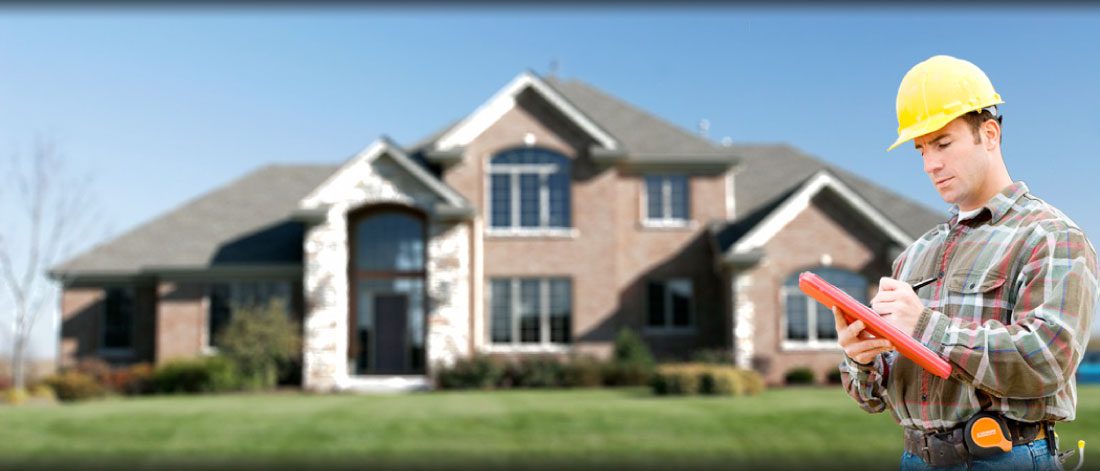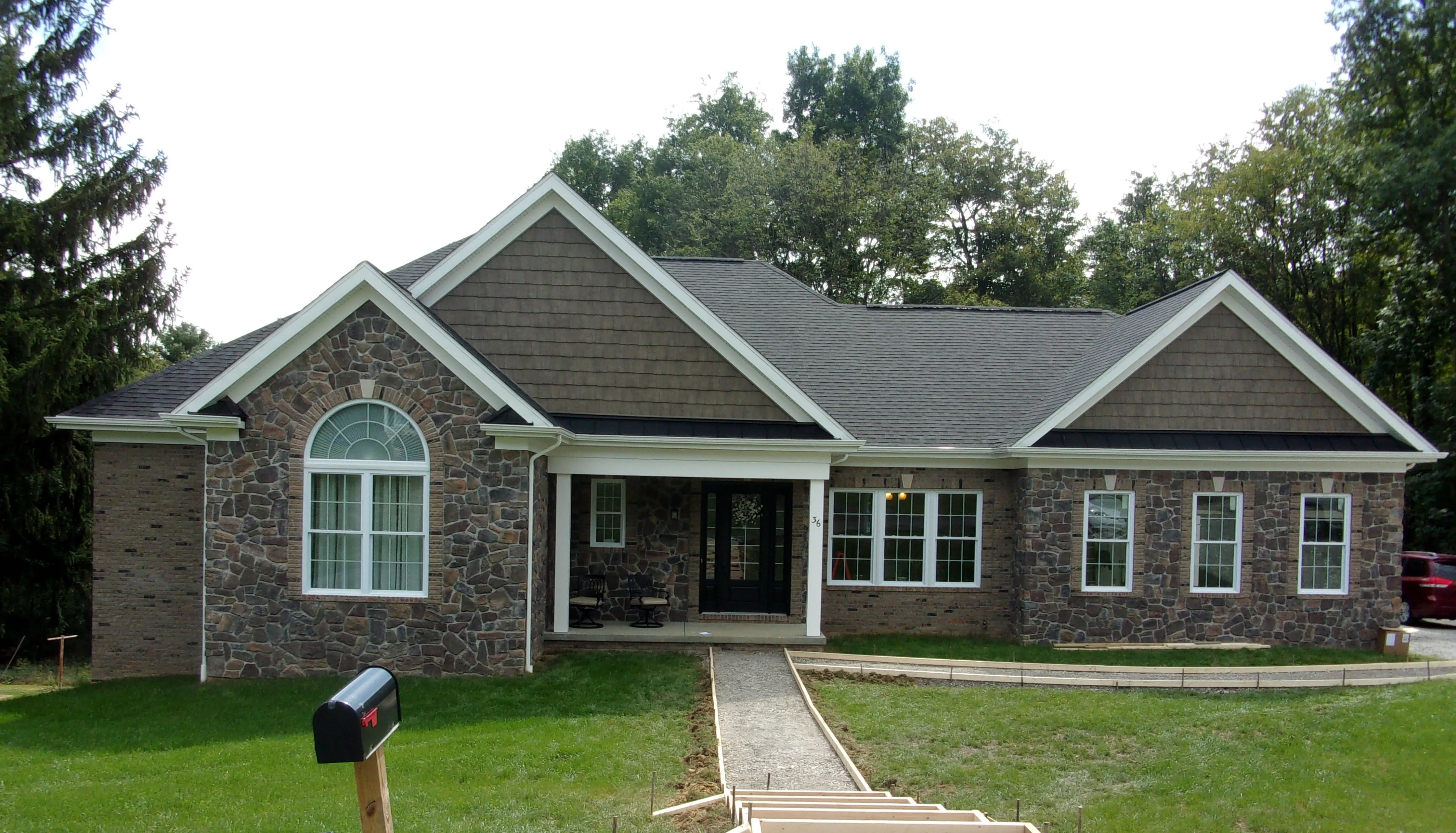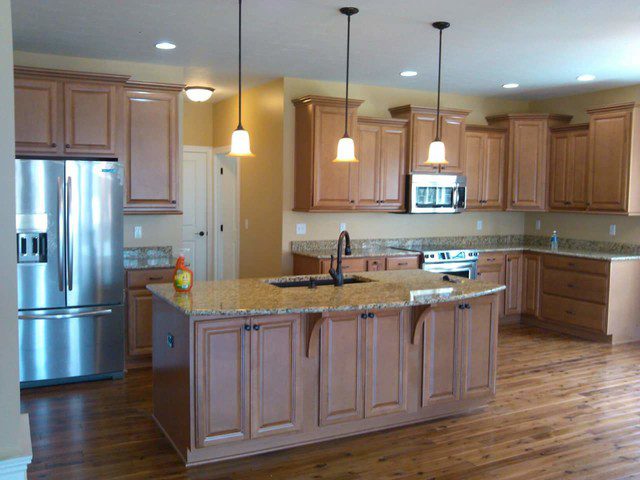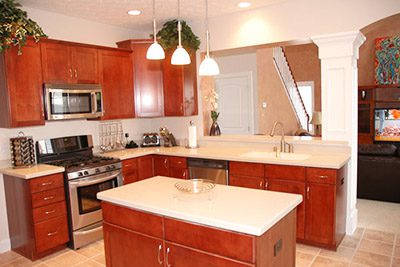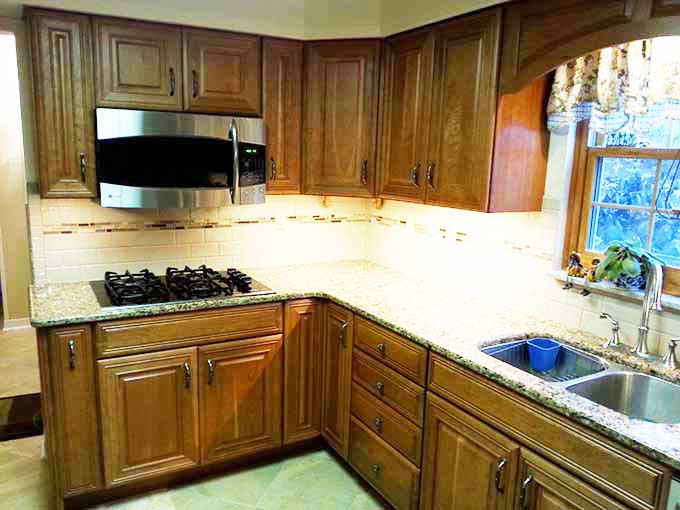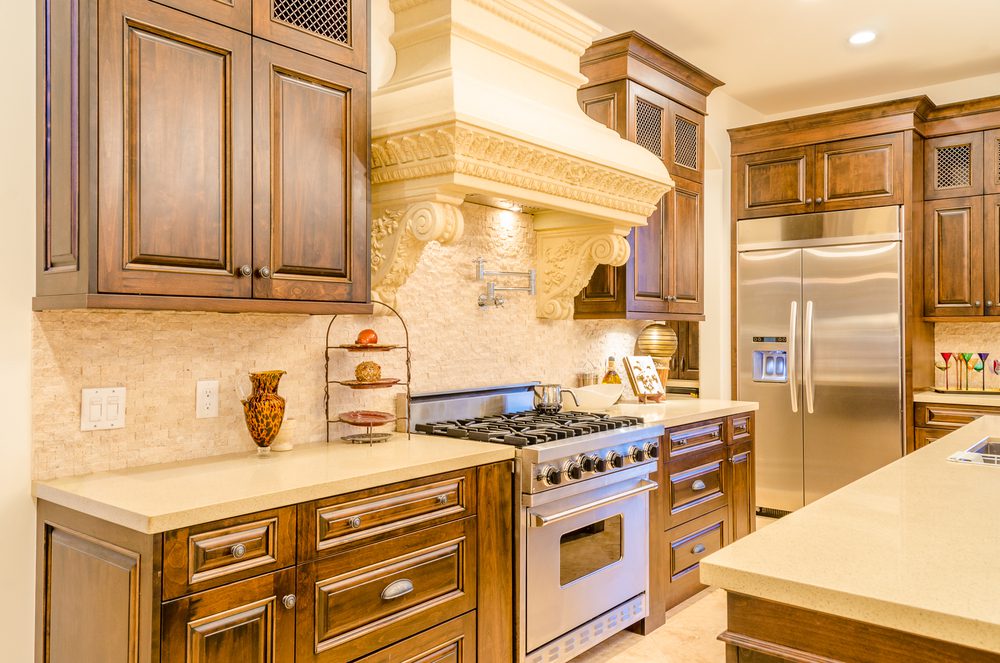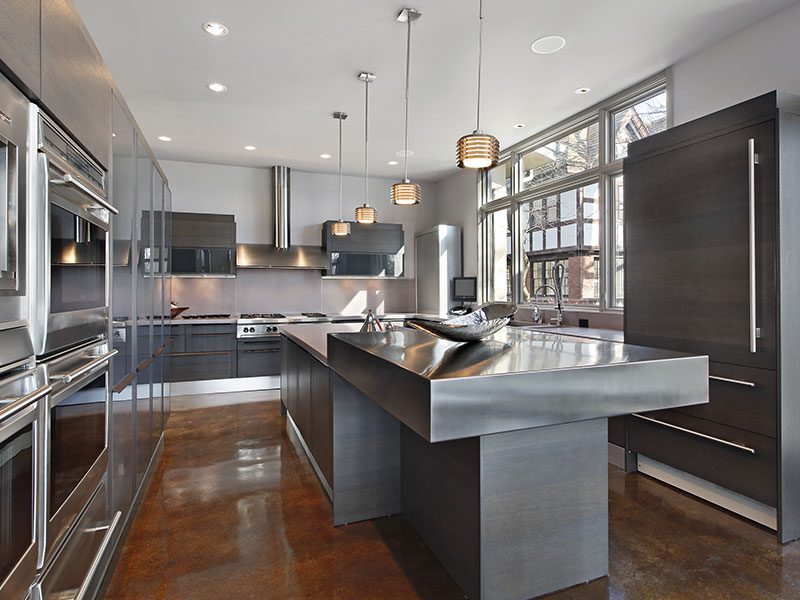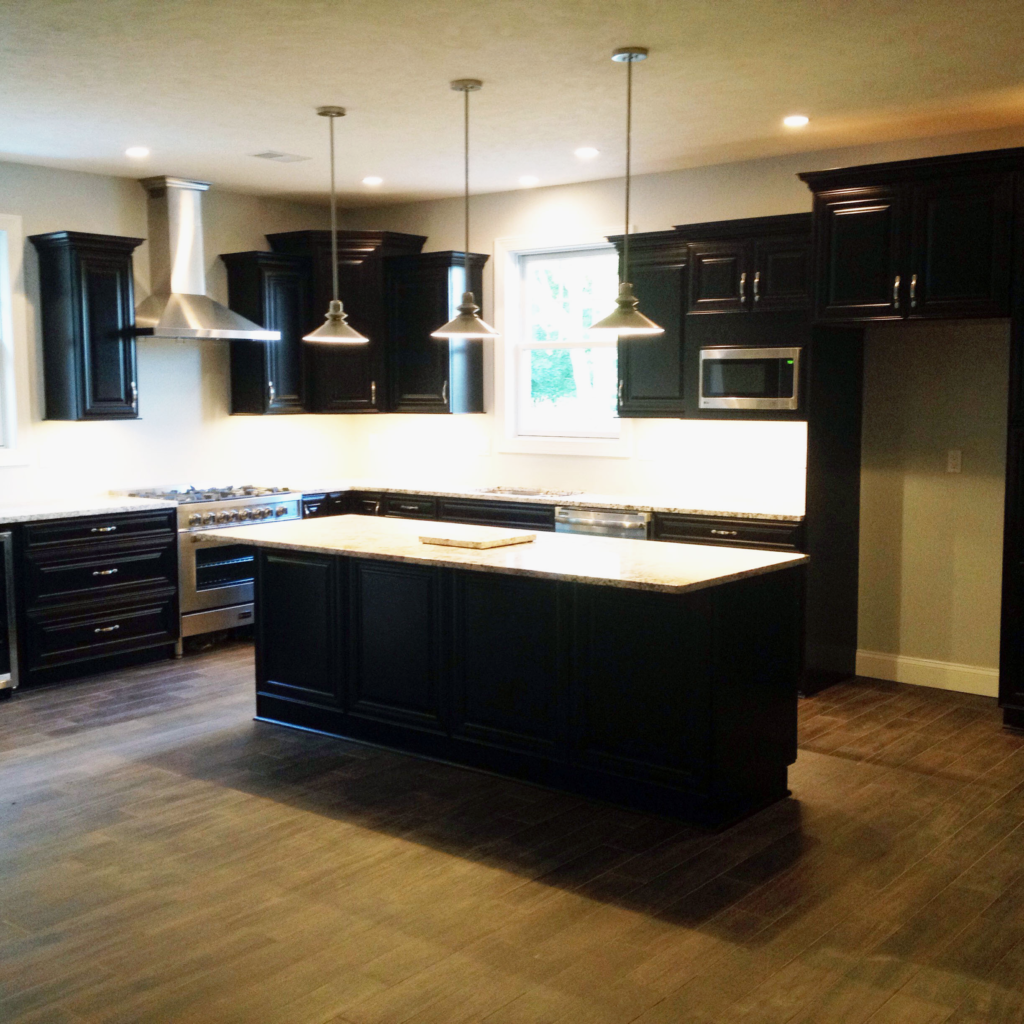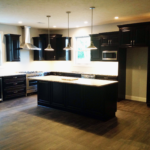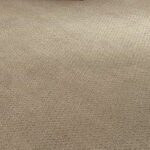Togo
Deciding between vinyl siding and brick isn’t really just based on cost. What you need to do is look at the costs, durability and the numerous design options that you are truly looking for, consider these options and the length of time you will be staying in your home, the real estate market and then decide from there. Why is this so important? It is because too many homeowners either over spend when building a home that they don’t plan on living in for more than 5-10 years and others underspend by choosing vinyl on a home that they will only spend 5 years living in and expecting a larger return on the resell.
So what are you to do? What should be your focus? Your focus should be on the length of time you are planning to stay in your home and what dollar value the real estate market will hold for your home. Keeping these two items in mind you’ll be able to take a look at your budget, seeing what you can spend and how best to invest your hard earned money.
THE DIFFERENCE
Vinyl siding is plastic exterior siding for houses and small apartment buildings, used for decoration and weatherproofing, imitating wood clapboard, board and batten or shakes. It is an engineered product, manufactured primarily from polyvinyl chloride (PVC) resin.
Brick is simply a small rectangular block typically made of fired or sun-dried clay, used in building. Brick combines perfectly with passive building design to harness natural sources of energy, creating an energy efficient warmth in winter and cool in summer. Brick home exteriors are more expensive than siding, yet since bricks are porous, problems with drainage and mold may arise if the home is not maintained. With an adequate drainage system, a brick exterior offers more overall advantages than other home exterior options.
STANDING THE TEST OF TIME
When you are looking for longevity you will want to Brick is your best solution. As mentioned the resell value of your home will be putting more in your pocket while not having and maintenance issues. Vinyl siding unfortunately can also adversely affect the long-term value. Continue reading to learn about the differences of brick vs. vinyl siding and to find out why brick adds timeless beauty and value to any space.
Along with longevity you should also focus on durability, Vinyl siding typically has a warranty of 25-50 years after installed. When compared to brick, vinyl siding is more susceptible to impact damage from hail, tree limbs and other objects creating scratches, dents and more. Brick on the other hand is extremely durable. In fact, brick masonry can last 100 years when installed properly. Brick is made from natural materials, which results in better health, comfort and well-being for homeowners.
CARE
There are a few things you have to keep in mind when deciding upon your exterior look of your home. If leaning to vinyl siding you’ll need to set time aside each year because you will need to wash your vinyl siding annually. You will also need to replace any sections that get damaged, noting that not all siding colors match year after year. You could still choose a higher quality siding but you will still have some weathering issues, whereas brick is maintenance-free.
One of the other culprits that shoot down siding besides the maintenance, bending, cracking, breaking and becoming very brittle in severely cold conditions would be heat! Yes, heat is the greatest enemy of vinyl siding. In fact, studies show that vinyl cladding may ignite as a result of a fire inside an adjacent dwelling only six feet away.
Brick is fire-resistant, impact-resistant from wind-borne debris, and provides excellent resistance to sound transmission, all on a scale superior to that of vinyl siding.
ENERGY EFFICIENCY & SUSTAINABILITY
Brick has a natural ability to absorb, retain and release heat when temperatures rise and fall, resulting in less energy required to heat and cool homes.
Thermal mass is the ability of a material to store heat and then slowly release it. For homeowners, this means that during the summer months, a brick home stays cool during the hottest part of the day. During the winter, brick walls store heat and radiate it back. Vinyl, aluminum and wood are all thin, light building materials that do not have good thermal mass properties.
Sustainability is a key feature of genuine clay brick which is a green building material made. This products are commonly used in new construction for an authentic look and feel.
Unfortunately, vinyl siding is not an environmentally friendly option. The primary component of most vinyl siding is polyvinyl chloride (PVC), a derivative of petroleum and salt. Environmental concerns about the use of products made with PVC primarily focus on two materials: chlorine, used as a raw material in PVC production, and dioxin, a toxic by-product of manufacturing processes involving chlorine.
THE BOTTOMLINE
When comparing brick to vinyl siding, brick is ultimate winner! If you are seeking curb appeal, durability, low maintenance and high value brick should be your choice. If you are simply wanting to save upfront costs, don’t mind regular maintenance and repairs and you aren’t looking for extra added value on the resell consider vinyl siding.


